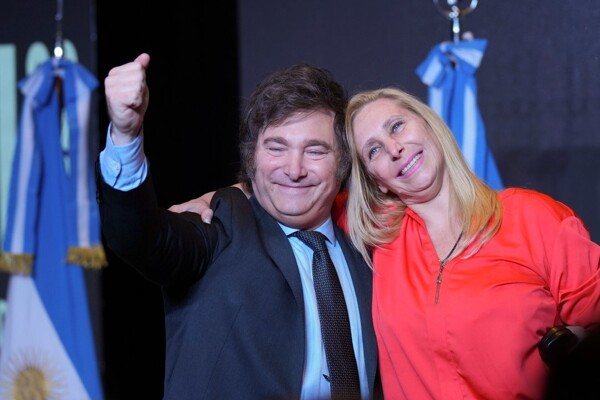
The metamorphosis of human societies into a global society is random, uncertain, and depends on the dangers of chaos, which, however, is necessary. This constructed but uncertain need does not lead to chaos if the protagonists design the scenario from an inclusive perspective that involves the whole society and commit to building healthy and respectful bonds.
Discussing these structures is to place oneself at the very heart of human need, a territory of transformation and mutation, where the social fabric intertwines in a fragile balance mediated by power relations and forces contending in the arena of society.
This society, deeply Manichean, reflects its shadow in the educational field, a space besieged by school digital violence and cyberbullying, phenomena that have been normalized and almost legitimized by political figures who exercise power unscrupulously.
The legitimacy of change power, exercised responsibly, will only be absorbed by history if we adopt the caterpillar paradigm. This process is inscribed in the personal and collective history of each of us. By addressing the issues of social structures, we unravel the set of rules and resources that intervene in the institutional order of social systems.
I asserted that the individual constructs society and, in turn, society shapes the individual. In that incessant dialogue, the individual finds themselves trapped in the social structure, a web of norms and expectations imposed from the outside that simultaneously carves their internal physiognomy.
If new and young actors get caught up in the tension of violent digital power relations on networks, without horizontalizing this social power, this society, with its Manichean concepts, will continue with its hardened structures, a pathology where the threads of the social fabric unravel and decompose. These Manichean views generate the enormous difficulties faced by Argentine educational institutions.
In a society like ours, this structure is defined by inequality, the asymmetric distribution of resources, and the sharp distinction between the actors that emerge and are energized within it. The individual, pressed by their needs, confronts a reality that not only discovers but also constantly transforms and recreates, engendering new realities based on their unmet needs.
Reality, then, is a collective construction, a vast tapestry where actors converge, transcend the present, and project their actions and decisions towards an uncertain future, but one filled with potential. They project their imagination towards an imaginary that finds no echo in the reality they wish to transform.
Leaders who, from their comfort zone, do not allow other institutional actors to participate in the "value chain" to build a peaceful and respectful coexistence of the rights of all society. The paradigm of fear, exacerbated by the "plandemic" of 2020, hinders integration and the rapid dissolution of social inequalities, poverty, exclusion, and the increase in violence, especially among schoolchildren.
A mesh of solipsistic actions and interests has been woven that inevitably impacts the youngest. They explain, through their hardened structures, why these institutions are always approached with the same discursive basis and rules of the game derived from foreign solutions, like unfeasible anti-bullying programs whose origins are from societies and idiosyncrasies completely different from ours.
Real transformation demands a deep recognition of our own particularities, moving away from the punitive gaze towards our students and a concerted effort to weave a new social fabric from educational spheres, where each thread, although fragile, contributes to the strength of the collective fabric.
This is the metamorphosis. In its Manichean vision, in its dichotomous valuation, in its hegemonic and pharisaical discourses, these actors fail to accurately sketch the society in which we live. As Edgar Morin points out, "the metamorphosis of the caterpillar into a butterfly offers us an interesting metaphor: when the caterpillar wraps itself in the cocoon, it begins a process of self-destruction of its caterpillar organism, and this process is, at the same time, the formation of the butterfly organism, which is, at once, both the same and different from that of the caterpillar.
Anthony Giddens has explored the dynamic relationship between structure and agency in society. These forms of violence have become currency, contemplated by political, cultural, and educational actors, and suffered by the youth, who cannot avoid being caught in their net. The metamorphosis of the butterfly is pre-organized.














